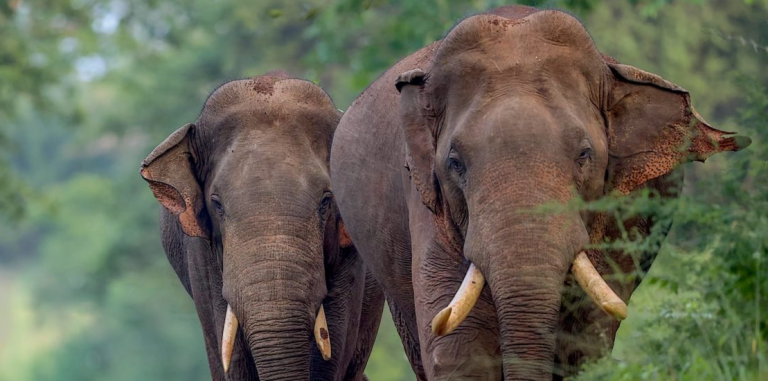
From scrubbing gentle giants in Rambukkana to climbing ancient Sigiriya fortress, two decades of travel reveal an island of resilience and wonder.
New York, N.Y. — Over the past twenty years, my journeys to Sri Lanka have woven a tapestry of moments that linger with startling clarity.
This teardrop-shaped island in the Indian Ocean, shaped by Buddhist serenity, colonial echoes, and scars of civil strife, offers more than picturesque landscapes—it gifts travelers with profound human and historical connections. Whether bathing elephants in sanctuary rivers or hearing whispers of tragedy near Jaffna, these experiences underscore Sri Lanka’s resilient soul and the imperative of mindful exploration.
Sanctuaries and Spirits: Wildlife as Lifelines
At the elephant sanctuary in Rambukkana, I joined mahouts scrubbing retired logging elephants with coconut husks in a shallow river—a ritual balancing tourism and survival. Unlike Thailand’s criticized elephant ventures, this sanctuary provides critical refuge.
Watching the herd lumber daily across a road to bathe in the Maha Oya River felt like witnessing communal therapy. Further southeast, Yala National Park delivers African-style safaris in miniature, where leopards and crocodiles roam British-era preserves. Later, feasting on grilled fish at a beach hut in Unawatuna Bay, I grasped how deeply nature sustains Sri Lanka’s coastal communities.
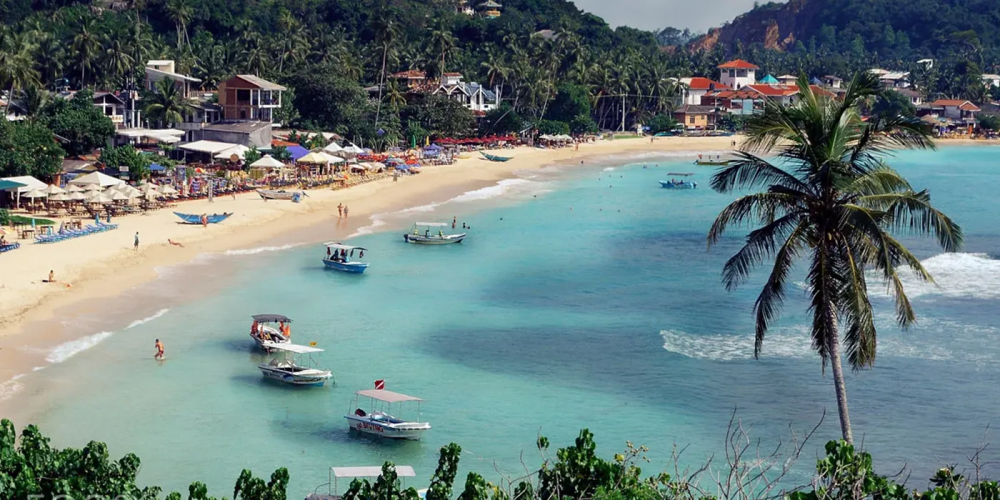
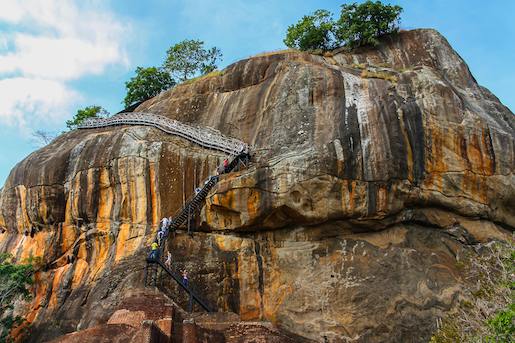
Sacred Stones, Silent Stories
History breathes here. At Sigiriya, I climbed 600 feet (50 floors!) of vertigo-inducing metal stairs up Lion Rock, an ancient citadel where frescoes defy monsoons.
In Kandy, once a royal kingdom, I sipped tea at a colonial club overlooking misty lakes, while Dambulla Cave Temple demanded barefoot reverence to its Golden Reclining Buddha.
Near Jaffna, a windswept coastal well bore witness to darker chapters: Tamils targeted during the civil war.
Standing there, ocean winds seemed to carry ancestral laments—a reminder that beauty and pain intertwine in Sri Lanka’s soil.
Culture in a Cup of Tea
Tea plantations near Kandy, legacy of British rule, unfold like terraced quilts. A local guide unraveled leaves’ secrets: how Ceylon tea fueled empires and still steeps cultural identity. Beyond agriculture, human bonds flourished. At a Muslim preschool outside Rambukkana, giggling children bridged language gaps through play. Even tuk-tuk rides became adventures; one driver’s plea led to a bumpy, ill-advised journey from Colombo to Galle. His earnest hustle mirrored a nation persevering through economic turbulence.
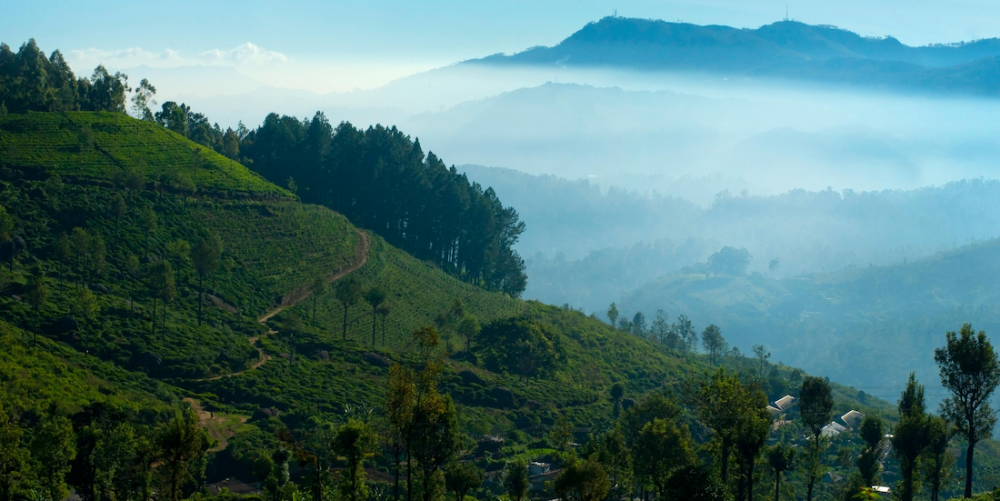
Colonial Echoes and Coastal Calm
Luxury, too, tells stories. The Galle Face Hotel in Colombo exudes Raj-era grandeur, its halls echoing with tales of diplomats and dreamers. Nearby, Galle’s Dutch fort—a UNESCO World Heritage site—guarded our beach resort weekend, where crashing waves soothed urban fatigue. These oases, like Kandy’s highland retreats, honor Sri Lanka’s ability to cradle travelers amid turmoil.
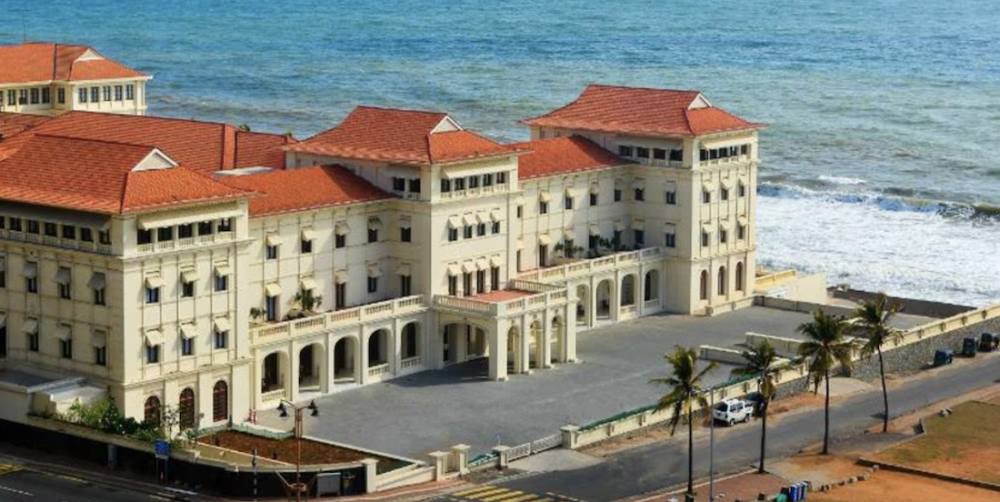
Journeying with Intention
Sri Lanka demands respect: Shoulders covered at temples, hushed tones near Buddha statues or Koran verses, no jokes about Ganesha or faith. This mindfulness isn’t restraint—it’s gratitude. The nation’s magic lies not just in emerald hills or sapphire seas, but in its people’s grace amid hardship. As tourism rebuilds post-crisis, visiting sanctuaries and heritage sites ethically becomes an act of solidarity.
Sri Lanka’s Enduring Magic: Elephants, History, and Human Connections (June 8, 2024)
Audio Summary (75 words)
Over two decades, Sri Lanka imprinted indelible memories: bathing elephants at Rambukkana sanctuary, climbing Sigiriya fortress, and hearing war echoes near Jaffna. From tea highlands to Yala safaris, the island blends natural wonder with resilience. This story celebrates human connections—tuk-tuk drivers, temple guides, and children—while emphasizing respectful travel in a Buddhist-majority nation where history and hope converge.